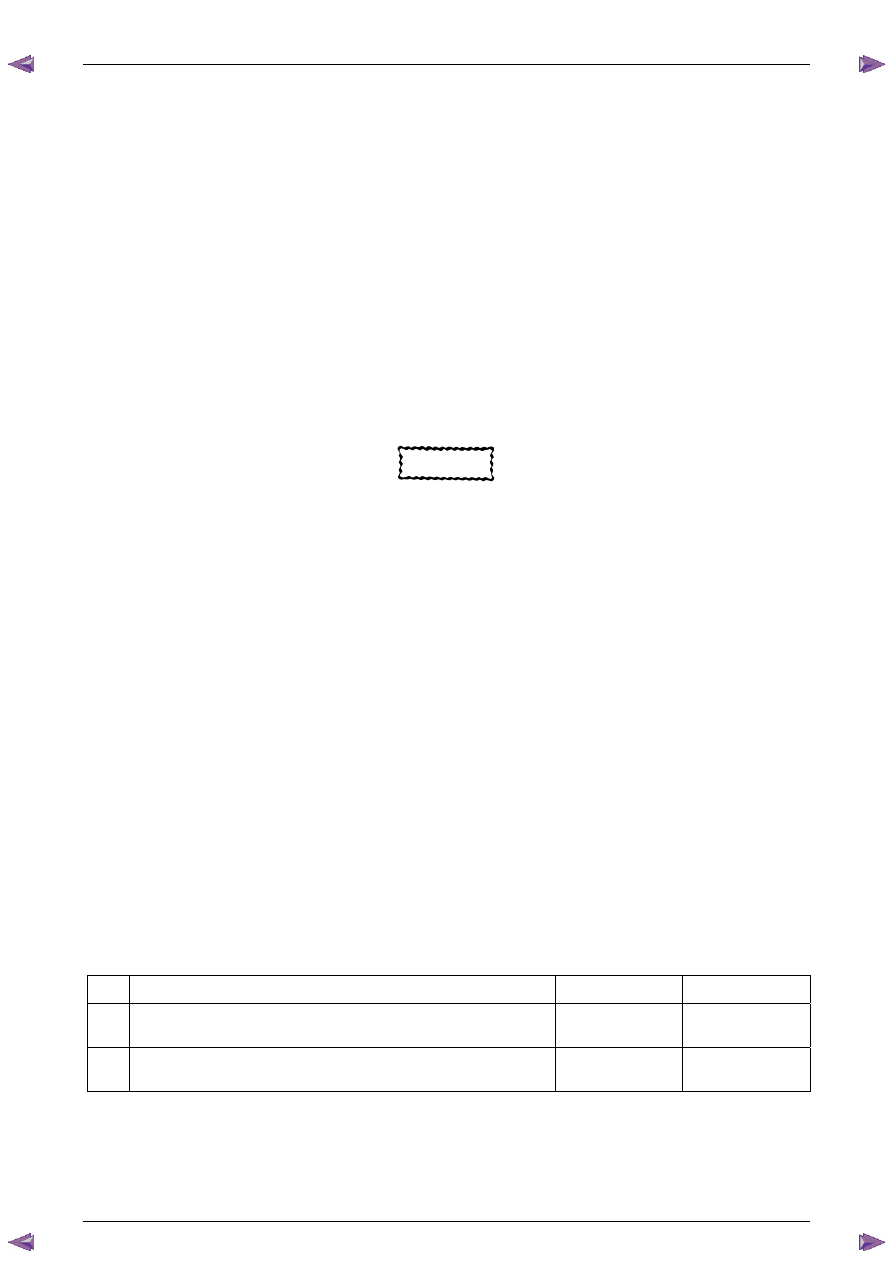Isuzu KB P190. Manual - part 708

Engine Mechanical – V6
Page 6A1–55
Page 6A1–55
Drive Belt Squeal
Definition
Accessory drive belt squealing can be defined as a loud screeching noise caused by a slipping drive belt. Belt squeal is
unusual in multi-rib belts. Drive belt squeal generally occurs when a heavy load is applied to the drive belt, such as an
air-conditioning compressor engagement, snapping the throttle, seized pulley or a faulty accessory drive component.
Diagnostic Aids
If the noise is intermittent, confirm the accessory drive components by varying their loads, making sure they are operated
to their maximum capacity. An overcharged A/C system, restrictions in the power steering pressure circuit or a faulty
generator or coolant pump are likely causes of accessory drive belt squeal.
A loose or incorrectly installed body component, suspension component or other item may be the cause of the noise.
Test Description
The numbers below refer to steps in the diagnostic table.
2
The noise may not be engine related. This step is to confirm the engine is making the noise. If the engine is not
making the noise, do not proceed further with this diagnostic procedure.
3
The noise may be an internal engine noise. Removing the drive belt and operating the engine briefly will confirm
whether or not the noise is related to the drive belt.
CAUTION
When running the engine with the accessory
drive belt removed, the coolant pump will not
be operating and the engine may overheat if
left unsupervised even for a short period.
N O T E
There may also be a number of DTCs set when
running the engine with the accessory drive belt
removed.
4
Confirms an accessory drive component does not have a seized bearing. With the belt removed, test the bearings
in the accessory drive components spin free and smooth.
5
Confirms the drive belt tensioner is operating correctly. If the drive belt tensioner is not operating correctly, drive
belt tension will not be maintained, resulting in a belt squealing noise
6
Confirms the belt is not too long, which would prevent the tensioner from working as intended. Also, if an
excessively long belt has been fitted, it may also be routed incorrectly and may be turning an accessory drive
component in the wrong direction.
7
Misalignment of the pulleys may be caused by one of the following:
•
Incorrect mounting of an accessory drive component,
•
Incorrect installation of an accessory drive pulley or,
•
Bent or damaged pulley.
Test for a misaligned pulley using a straight edge in the pulley grooves across 2 or 3 pulleys. If a misaligned pulley
is found, refer to the relevant component service information for the correct installation and removal procedures.
8
This test is to confirm the pulleys are the correct diameter and/or width. Using a known good vehicle, compare the
pulley sizes.
Diagnostic Table
Step Action
Yes
No
1
Did you review the information provided in 2.2 Symptoms, and
perform the required inspections.
Go to Step 2
Go to
2.2 Symptoms
2
Confirm the customer complaint. Is there a squealing noise?
Go to Step 3
Refer to Diagnostic
Aids in this Section